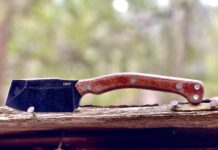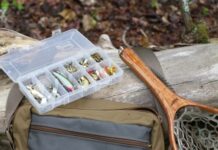
Surplus handguns represent a cost-effective option, whether you are looking for a concealed carry handgun, a new shooting iron, or something a little different. For a few decades after the Cold War, Warsaw Pact handguns were a going option. The most common options are the Soviet TT-33 and the various flavors of Makarov pistol. The more discerning shooter might even pick a Czech P-82. But the pistol best set up for concealed carry is, far and away, the Polish P-64. Here is what you need to know about the P-64.
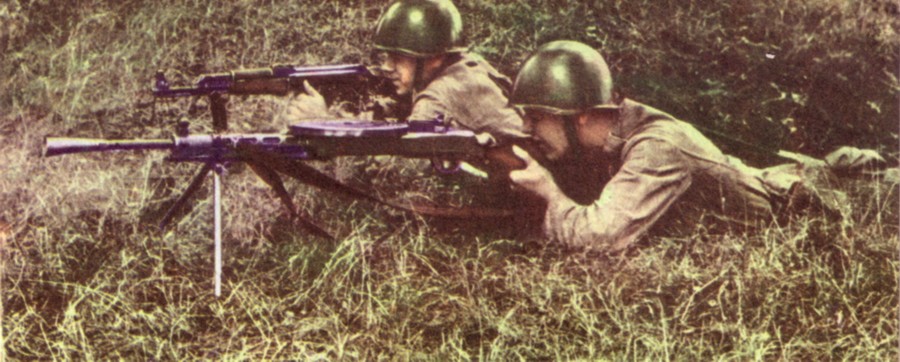
The Polish P-64
The Origins of the P-64
Poland is unfortunately positioned geographically between East and West. That is reflected in their culture, policy prescriptions, and even their small arms. The Polish VIS pistol is arguably one of the best handguns of World War II despite its odd mix of Western and Soviet features. That trend continued when Poland fell behind the Iron Curtain after the war. The Soviets installed a regime in their image and armed this new state of Poland with Soviet weapons.
Communist Poland initially fielded the Soviet TT-33 semi-automatic pistol, but when the time came to standardize on the new Soviet 9×18 Makarov cartridge, the Russian-built Makarov pistol simply would not do. Poland sought a homegrown solution. In a land of internationalism, the Poles stayed true to their nation with the P-64 pistol.
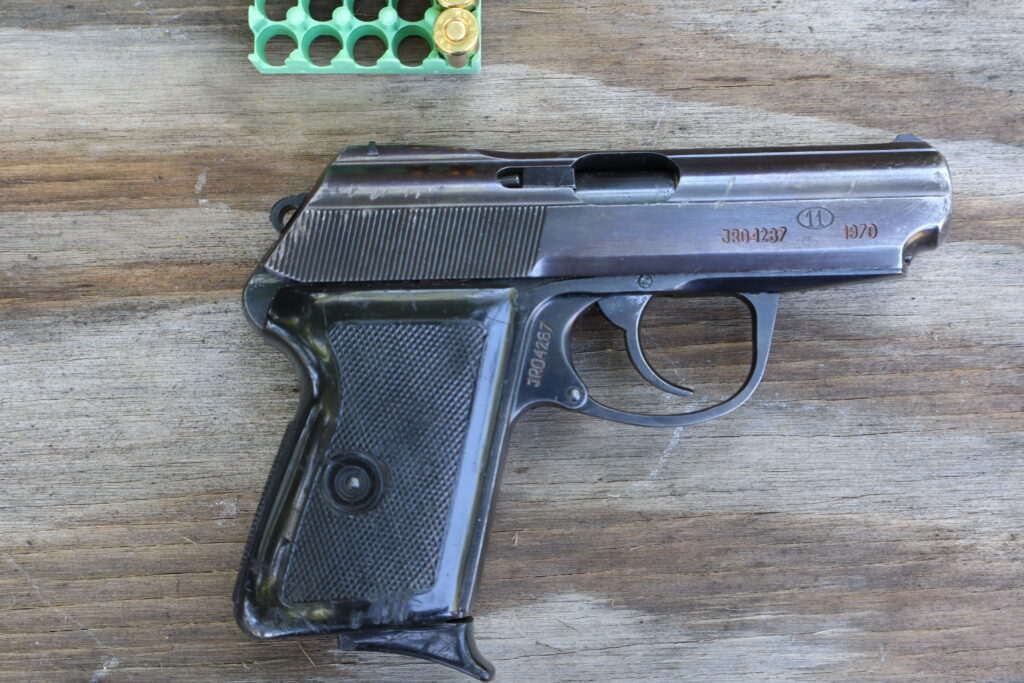
Features
The Polish P-64 was made between 1964 and 1977 by Radom for both the police and the Polish People’s Army. The version made for police is chambered in the .380 ACP, with the military model chambered in the Soviet 9x18mm Makarov cartridge. Aside from having to use the Soviet round, the P-64 is a peculiar knock-off of a famous Western design—the Walther PPK.
The Radom P-64 is a hammer-fired handgun that falls in the class of double-action/single-action handguns. Like the PPK, the P-64 can be carried fully loaded with the hammer down and fired with a long press of the trigger. Subsequent shots are fired with a lighter trigger pull, as the hammer is automatically re-cocked by the slide.
To render the pistol safe, the de-cocker on the left side of the slide is depressed. This drops the hammer and deactivates the trigger. Pushing the de-cocker forward resets the trigger, allowing you to fire again from double-action mode.

Another borrowed feature includes the P-64’s straight blowback design. It features a fixed barrel that retains a stout recoil spring and slide. The weight of the slide and spring is enough to keep the pistol closed until the bullet leaves the barrel. This factors into the use of the 9x18mm round, which was developed to be the most powerful cartridge one could use in an inexpensive blowback design.
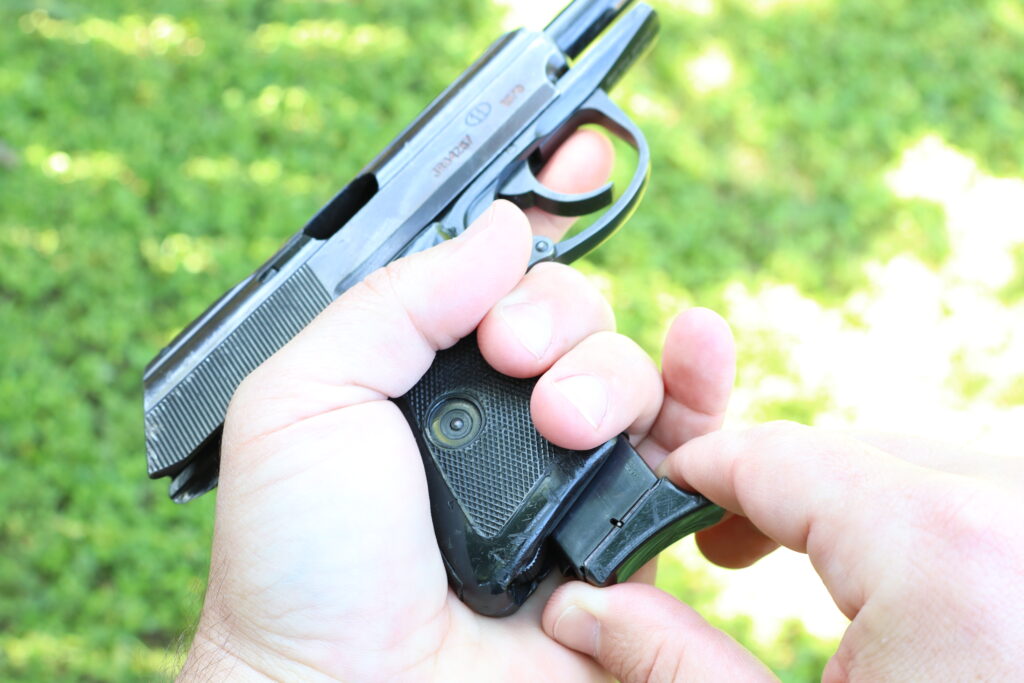
Ergonomics
Ergonomically, the P-64 is a grab bag of East and West. It features a small dovetailed rear sight and an equally dainty front sight separated by a milled plane to keep sun glare down. Like the PPK, there is no slide release. Instead, the pistol locks open on an empty magazine, and the pistol is reloaded by inserting a loaded magazine and racking the slide to release it. The familiar magazine release button is not seen on the P-64. Instead, a European-style heel release as seen on the Mak is used.

The P-64 is a dense all-steel handgun with a subdued blued finish and checkered plastic grips. Despite its weight, it is surprisingly compact. It sports a 3.3-inch barrel and an abbreviated grip that only accommodates a six-round single-stack magazine. That made it excellent for staff officers who seldom needed to shoot their guns seriously. But it was a hindrance to troops in the field who wanted a larger handgun with more rounds.
Service Life
The Radom P-64 served the Polish Army from 1964 until 1983. In that time, Radom prototyped two higher capacity replacements in the P-70 and P-78 pistols, but neither got off the ground. Production of the P-64 ceased in 1977, and the pistol was finally replaced by the P-83. The P-83 is a larger handgun with an eight-round magazine capacity and an enlarged hammer that makes it easy to pick out from the P-64.
Both the P-64 and P-83 have slowly been phased out of service in the 2000s, with many showing up in the Middle East. But the lion’s share was ultimately surplus to the consumer market in the United States. Exact numbers of the P-64’s production run are not known, but are estimated to be about 200,000 units.
Availability and Ammunition
For a time, the P-64 had a reputation as an excellent carry pistol for the money. As with all things surplus, P-64s flooded into the country at cheap prices, but once imports dried up, prices steadily increased as those who had them did not want to part with them.
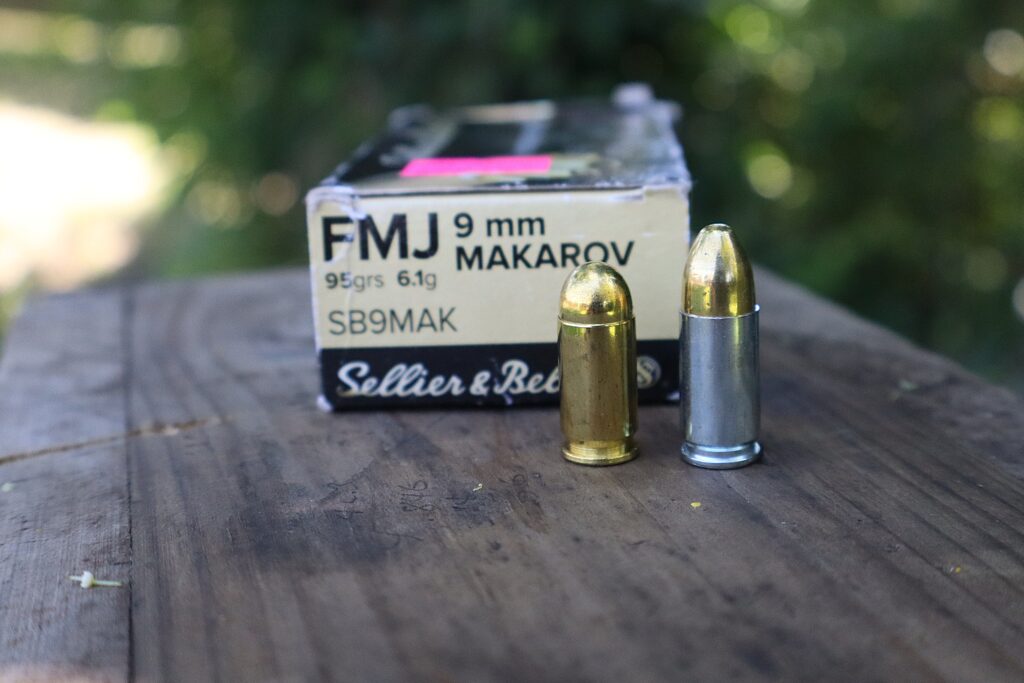
The same compact size that doomed it as a service pistol turned out to be its greatest asset relative to other inexpensive handguns on the carry market in the 2000s. Demand for pistols like the P-64 and Makarov PM was such that 9mm Makarov ammunition is manufactured in an ever-expanding variety. The ammunition ranges from traditional steel-cased FMJ to brass-cased FMJ and even defensive loads from manufacturers like Hornady, Underwood, and Buffalo Bore.
The Polish P-64 as a Shooter
Although prices have risen, relative to the market, the P-64, as an older handgun in an oddball cartridge, can still be had. My particular P-64 was made in 1970 and worn hard on the right side, but it is mechanically perfect.
Recoil and handling can be subjective. What is unwieldy for one is workable for another. In the case of the P-64, the size is just large enough to master the 9mm Makarov cartridge in a blowback option. Recoil is sharp as all recoil energy is projected onto the metal backstrap and not soaked up like a locked breech pistol. But the 9mm Mak round is not too powerful. It is easy to get through a few magazines, but the web of the hand gets a bit sore after a box of fifty.
Recoil is somewhat exaggerated thanks to the short grip. The magazine comes with a pinky extension, but it is difficult to get a full firing grip, and the slide takes up more real estate over the frame, so there is less room for the support hand like a modern handgun.
To make matters more interesting, the double-action trigger pull is perhaps the toughest I have felt. It has a pull weight of about twenty pounds. The single-action pull has a little play but is deceptively light, as there is no tactile feedback from the trigger to know where you are in the trigger press.
That single-action press combined with the small sights makes for a surprisingly accurate combination when shooting at targets. At ten yards, it is not difficult to get hand-sized groups. At thirty-five yards, I could hit eight-inch steel plates and 1/2 D28 torsos without fail.
Aftermarket Options
For all its faults, the fixed-barreled P-64 is a real shooter, and for those looking to improve the shooting experience, there are options. Wolff offers spring sets that can lessen the trigger pull weight and mitigate recoil. Holster options vary from old surplus flap holsters to modern IWB Kydex options from Vedder and traditional leather options from Azula. Magazines and extra parts are purely surplus, so it is best to grab a few parts while you can if you are looking to press your P-64 into long-term service.
The Bottom Line
We are spoiled for concealed carry options, but the lower the price threshold, the more questionable the quality. Although age and parts availability count against the Polish P-64, it remains a solid option for those who are looking for a compact pistol but need something more substantial than the latest polymer .380. It also holds the distinction of being among the smallest handguns ever to pass military muster. With good ammunition and, perhaps, a change of springs, the P-64 remains ready to serve.

